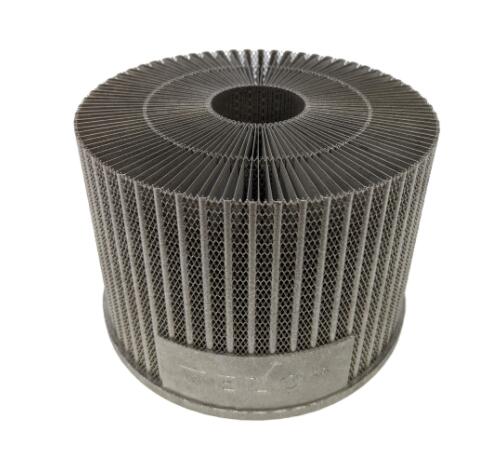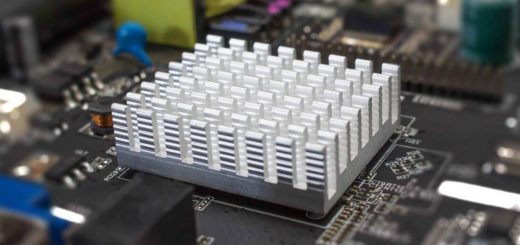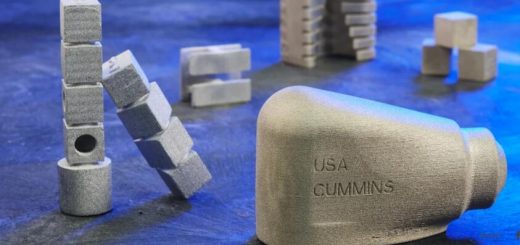High Aspect Ratio Structures
Velo3d is able to print impossible structures because we approach engineering challenges differently. One example is our non-contact recoater. Most of the industry uses a contact recoater to distribute the powder on to the build plate, like a squeegee for your windshield. This introduces challenges in printing high aspect ratio structures.
High aspect ratio structures, with features that are very tall but not very wide, are common occurrences on many parts designed for additive manufacturing (AM). Objects such as heat exchangers frequently have large surfaces that are very thin to allow for effective heat transfer across the interface. Structural parts such as prosthetic limbs can benefit from high aspect ratio struts to reduce weight without impacting strength. Even design inclusions as simple as support structures on a standard part can have high aspect ratios. However, high aspect ratio structures can present challenges when building parts due to their inherent lack of mechanical stability, which makes them relatively easy to bend or break on contact.

On conventional powder bed fusion AM systems, the recoater mechanism can become an issue by inputting mechanical force into the part. The recoater blade, which cuts and smears the powder material, can be made either of a rigid or flexible material itself, and both present their own potential issues for high aspect ratio structures. Anything protruding from the print bed can be hit by a hard recoater blade, bending or breaking — and ending the build. To combat this issue on a hard blade recoater, an additional structure or mass is often added to prevent the structure from toppling over. This solution can add significant mass to the part that doesn’t need to be there from a functional perspective and adds to the time and materials cost needed for a given build. The option of using a soft recoater blade, which is pliable and conforms around anything sticking up, can see damage inflicted instead upon the blade itself. A damaged blade, in turn, can introduce defects to the powder bed that is then imprinted onto parts, leaving operators with the choice of interrupting builds to replace the blade or living with those defects in the finished part.
Whichever recoater blade is used, issues are compounded further still by the directionality of the recoater, which must be taken into consideration when orienting a part to be built. The direction the recoater is traveling can cause any defect to become much more severe or can minimize such impact. Parts thus have to be oriented relative to the recoater, which can be problematic with structures that are radially symmetric, where there is no way to orient the object such that one area of concern is not facing the recoater.
To address this common issue facing powder bed fusion additive manufacturing, Velo3D has limited the contact between the recoater and the powder with a novel non-contact recoater.
The blade on the Sapphire AM system contacts the powder bed well above the actual part. This unique system allows any portion of the build to be sticking out of the powder bed without making physical contact with the recoater, removing the potential for damaging either build or blade. The lack of force applied to the part enables the building up of very high aspect ratio structures without adding extra mass or extra supports, as the build can grow freely within the powder — and not have any impact with orientation. This system allows us to build as high as a 500:1 ratio in any given direction on the build plate.
The Velo3D AM system enables considerable design freedom when making parts for different applications, such as heat exchangers and structural components, so users can do whatever is most beneficial for the function of the part without compromise. In complicated heat exchangers, for instance, this system is removing limitations that currently require part tradeoffs to be made in orientation and the amount of material that can be removed. A thin-walled heat exchanger with symmetrical walls can be made flawlessly on the Sapphire system, free from the well-known issues plaguing conventional powder bed systems’ recoaters.
Eliminating tradeoffs with the Velo system allows for the highest-performance parts to be produced — without compromise.
Source:Velo3d




Recent Comments